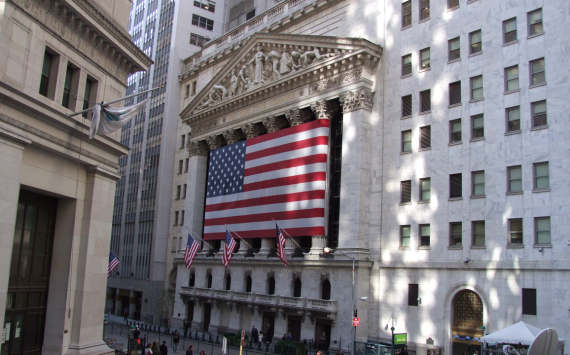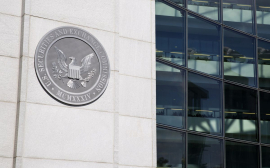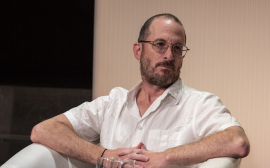Description
Steelcase is a United States-based furniture company founded in 1912 in Grand Rapids, Michigan. The company produces office furniture, architectural and technology products for office environments and the education, health care and retail industries. It is the largest office furniture manufacturer in the world. The company has approximately 80 locations and 11,000 employees worldwide. Its locations include Global Business Centers in Mexico, Malaysia, and Romania that provide support to local Steelcase dealerships and offices; showrooms called WorkLife Centers across the United States, Europe, and Asia, and in Toronto, Mexico City, Sydney, Melbourne, and Dubai; and manufacturing facilities in North America, Europe, the Middle East, and Asia. In 2017, Steelcase opened a 14,400 square meter space to promote learning and spark innovation in their newest Learning + Innovation Center (LINC) in Munich, Germany.
History
Steelcase was founded as the Metal Office Furniture Company in 1912 by Peter M. Wege in Grand Rapids, Michigan. Wege was a veteran of the sheet metal and fireproofing industry and had filed approximately 25 patents prior to starting the company. The Metal Office Furniture Company's first products included fireproof metal safes and four-drawer filing cabinets, which Wege invented and manufactured for the Macey Company.
In 1914, the company received its first product patent for "The Victor", a fireproof steel wastebasket. The Victor gained popularity due to its light weight—achieved through a patented process of bending flat steel at right angles to create boxes—and its ability to prevent fires at a time when smoking was common indoors, particularly in the workplace. In 1915, the company began manufacturing and distributing steel desks after designing and producing 200 for Boston's first skyscraper, the Custom House Tower. In 1937, the company collaborated with Frank Lloyd Wright on office furniture for the Johnson Wax Headquarters. The partnership lasted two years and resulted in some of the first modern workstations.
The name Steelcase was a result of an advertising campaign to promote metal office furniture over wood and was trademarked in 1921. The company officially changed its name to Steelcase, Inc. in 1954.
The company became known as the leader of the furniture industry in the late 1960s due to the volume of its sales. Steelcase expanded into new markets during the 1970s, including Asia, Europe, and North Africa. In 1973, the company debuted the Series 9000 furniture line, an office system that became a best seller and the company's flagship brand. That same year, the company delivered the largest single furniture shipment to the then-new Sears Tower. The delivery included 43,565 pieces of furniture and furnished 44 floors.
During the 1980s and 1990s, Steelcase shifted its approach to designing and creating products in response to changes in the workplace and economy. The company also focused on creativity and internal innovation by working closely with architects and interior designers to develop products as well the company's own workspace in Grand Rapids. The company's current headquarters were built in 1983 on 901 44th St. SE in Grand Rapids, Michigan. In 1989, Steelcase opened the pyramid-shaped Steelcase Inc. Corporate Development Center. The center contained ten research laboratories and workspaces meant to encourage interdisciplinary collaboration on product development. Steelcase vacated the Pyramid in 2010, and the Pyramid was sold to Switch (company) in 2016. In 1996, Steelcase became the majority stakeholder in design firm IDEO and the firm's CEO, David M. Kelley, became Steelcase's vice president of technical discovery and innovation. Steelcase sold its shares back to IDEO's managers starting in 2007.
In 1996, Steelcase was found at fault in a patent infringement suit brought against them by Haworth, Inc., another furniture company. Steelcase was ordered to pay $211.5 million in damages and interest, thus ending a 17-year dispute with Haworth.
Steelcase became a publicly traded company in 1998 under the symbol SCS. During the 2000s, Steelcase reorganized its workforce and began integrating modern technologies in its products. In 2000, the company opened Steelcase University, a center for ongoing employee development and learning. Steelcase's wood furniture plant in Caledonia, MI earned LEED certification in 2001, becoming the first plant to receive the certification. In 2002, Steelcase partnered with IBM to create BlueSpace, a "smart office" prototype designed using new office technologies. In 2010, Steelcase and IDEO launched new models for higher education classrooms called LearnLabs.
























